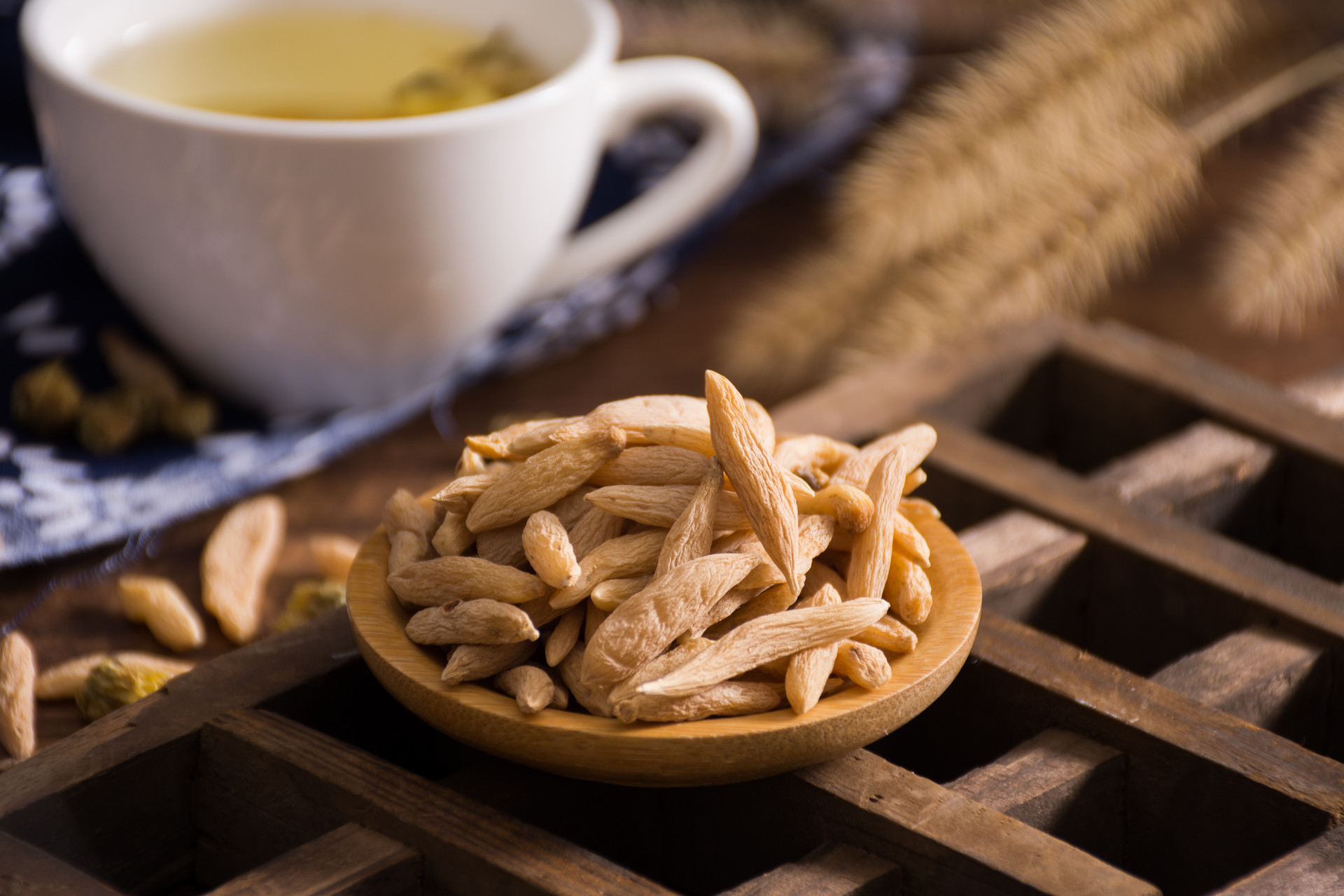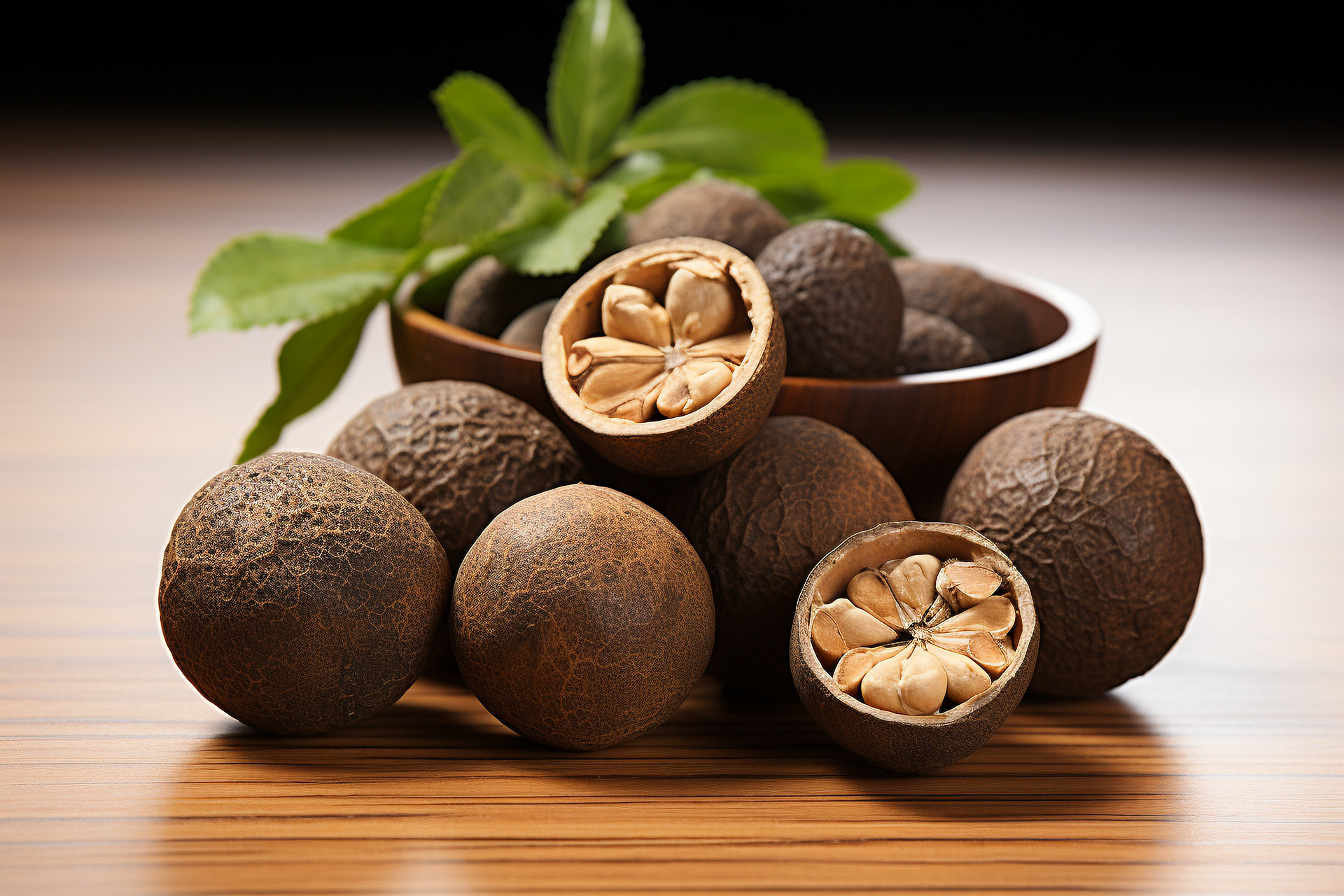Hawthorn is a commonly used traditional Chinese medicine. It was first recorded in the Tang Dynasty's "Newly Revised Materia Medica". It has the functions of promoting digestion, resolving food stagnation, and dispersing stasis. It is used for diseases such as meat stagnation, distension and fullness in the epigastric region, diarrhea and abdominal pain, blood stasis causing amenorrhea, postpartum blood stasis, stabbing pain in the chest and abdomen, and hernia pain.
Origin and Distribution
1. Northern Hawthorn: Mainly produced in Shandong, Hebei, Henan, and other provinces. The products from Linqing and Yishui in Shandong and Anguo in Hebei have excellent quality and are sold nationwide and exported.
2. Southern Hawthorn: Mainly produced in Zhejiang, Jiangsu, Hunan, Henan, Sichuan, Guizhou, Hubei, Jiangxi, and other provinces. In addition, it is also distributed in Yunnan, Guangxi, Guangdong, and other provinces and regions.
Identification Points
Northern and southern hawthorns have different shapes.
Northern Hawthorn is a round and thick slice. The outer skin is reddish-brown with wrinkles and gray-white spots. The flesh is deep yellow to light brown, with light yellow seeds on the cross-section. It has a slight fragrance and a slightly sour and sweet taste.
Southern Hawthorn is a spherical fruit (or flattened), reddish-brown, with longitudinal lines and remnants of sepals. It is hard in texture, with thin flesh and 5 seeds. It has a sour and astringent taste.
Similar counterfeit products include Shanlinguo and Hubei hawthorn. They resemble northern hawthorn but have shriveled flesh and a slightly weaker aroma. The different characteristics can be used to distinguish them.
Rapid Identification
1. Northern Hawthorn: The fruit is spherical or pear-shaped, with a diameter of 1-2.5cm. The surface is bright red to purple-red, covered with gray-white fine spots, and there is a persistent calyx at the top and a fruit stalk scar at the base. Medicinal hawthorn is usually cut into 2-3mm thick slices, with rolled edges or uneven wrinkles. The flesh is greenish-yellow to light brown, and the cross-section shows light yellow seeds, usually 5-6 seeds, some of which have fallen off. It is hard in texture with a slight fragrance and a slightly sour and sweet taste.
2. Southern Hawthorn: The fruit is spherical, with a diameter of 1-1.5cm (some are pressed into broken cake-like shapes). The surface is reddish-brown with fine wrinkles. There is a round calyx remnant at the top, which is concave in the center and raised at the periphery. There is a fruit stalk scar at the base. It is hard in texture. After being cut open, the flesh is thin and reddish-brown, with several seeds. It has a slight aroma and a sour and astringent taste.











